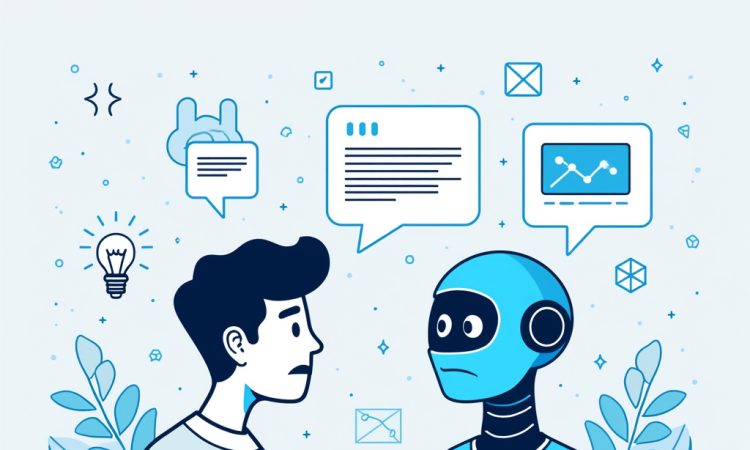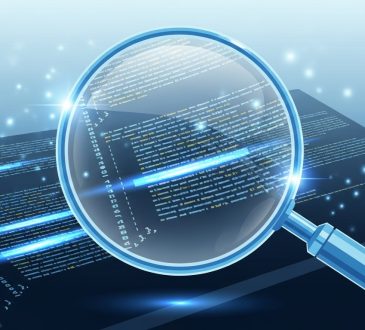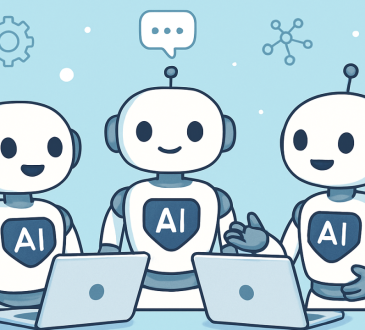
Artificial Intelligence (AI) is moving faster than ever in 2025, changing how businesses, researchers, and everyday users interact with technology. Among the most exciting areas are chatbots, natural language processing (NLP), and machine learning (ML). These technologies are evolving rapidly, helping machines understand, reason, and communicate with humans more effectively. Recent advancements aren’t just theoretical—they’re making real-world impacts across industries, from customer service and healthcare to finance and creative sectors.
Revolutionizing Conversations: The Rise of Next-Gen Chatbots
Chatbots have been a familiar part of AI for years, but today’s versions are far more advanced. Modern chatbots are no longer simple responders—they are sophisticated conversational agents that understand context and remember prior interactions. By leveraging large language models (LLMs) with billions of parameters, these bots can engage in conversations that feel genuinely human. They adapt to user preferences and deliver personalized, context-aware responses, blurring the line between human and machine communication.
Key Trends in Chatbots:
- Multimodal capabilities: Today’s chatbots can process text, images, audio, and video, allowing them to tackle complex tasks such as analyzing documents, summarizing multimedia content, and assisting in design or creative projects.
- Enterprise adoption: Organizations are increasingly using AI chatbots to automate HR queries, IT support, and knowledge management, saving time and improving efficiency.
- Operational value: The focus has shifted from basic conversational ability to providing strategic benefits, enhancing workflows, and improving employee and customer experiences.
Natural Language Processing: Understanding Language at Scale
At the heart of advanced chatbots lies natural language processing (NLP)—the AI branch that enables machines to understand, interpret, and generate human language. NLP has seen remarkable growth thanks to transformer architectures and self-supervised learning, allowing AI to comprehend context, sentiment, and nuance more effectively than ever before.
Recent NLP Developments:
- Multilingual proficiency: Modern NLP systems can handle dozens of languages, enabling global businesses to provide inclusive and accessible services.
- Enhanced sentiment analysis: AI can now interpret emotions and customer feedback with higher accuracy, helping companies respond effectively.
- Reasoning and knowledge retrieval: By combining LLMs with structured databases, AI can answer complex questions, provide evidence-based insights, and summarize extensive reports quickly—transforming fields like legal research, science, and competitive intelligence.
Machine Learning: Driving Intelligence Across Sectors
Machine learning, the backbone of AI, is pushing boundaries like never before. Advances in supervised, unsupervised, and reinforcement learning allow machines to learn from massive datasets and make highly accurate predictions. A standout trend is automated machine learning (AutoML), which simplifies building, optimizing, and deploying ML models, making AI more accessible to non-experts.
Applications of Machine Learning:
- Healthcare: ML predicts disease outbreaks, aids diagnostics, and personalizes treatments. AI algorithms analyzing medical images now match the accuracy of expert radiologists.
- Finance: ML improves fraud detection, risk assessment, and algorithmic trading, allowing institutions to respond faster to market changes.
- Innovation: Machine learning powers robotics, autonomous systems, and creative AI. Reinforcement learning trains autonomous agents for tasks from warehouse automation to self-driving navigation. Generative AI supports artists, writers, and designers, expanding the scope of human creativity.
Ethics, Safety, and Responsible AI
With AI systems growing more capable, ethics, bias, and safety are at the forefront of discussions. Developers are prioritizing responsible AI that is fair, transparent, and accountable.
- Bias mitigation: Ensuring chatbots and NLP systems produce ethical outputs.
- Explainable AI: Making ML decisions understandable, especially in critical sectors like healthcare and finance.
- Security measures: Research is ongoing to prevent malicious uses of AI, such as misinformation generation or adversarial attacks.
The Future Outlook
The convergence of chatbots, NLP, and machine learning points toward a future where AI is seamlessly integrated into daily life. Experts predict innovations will focus on:
- Enhancing AI reasoning capabilities.
- Improving multimodal understanding.
- Creating systems that collaborate more effectively with humans.
The next generation of AI will not just respond to questions—it will anticipate needs, provide actionable insights, and support real-time decision-making. Meanwhile, regulatory frameworks and industry standards will ensure safe, ethical AI deployment, giving companies that embrace responsible AI a competitive edge.
Conclusion: The latest developments in chatbots, NLP, and machine learning showcase AI’s enormous potential and the responsibilities that come with it. From enhancing human-computer interaction to transforming industries, AI is no longer a distant vision—it is a present-day force shaping the way we live, work, and innovate. Staying informed is essential for anyone looking to leverage AI responsibly and effectively.




